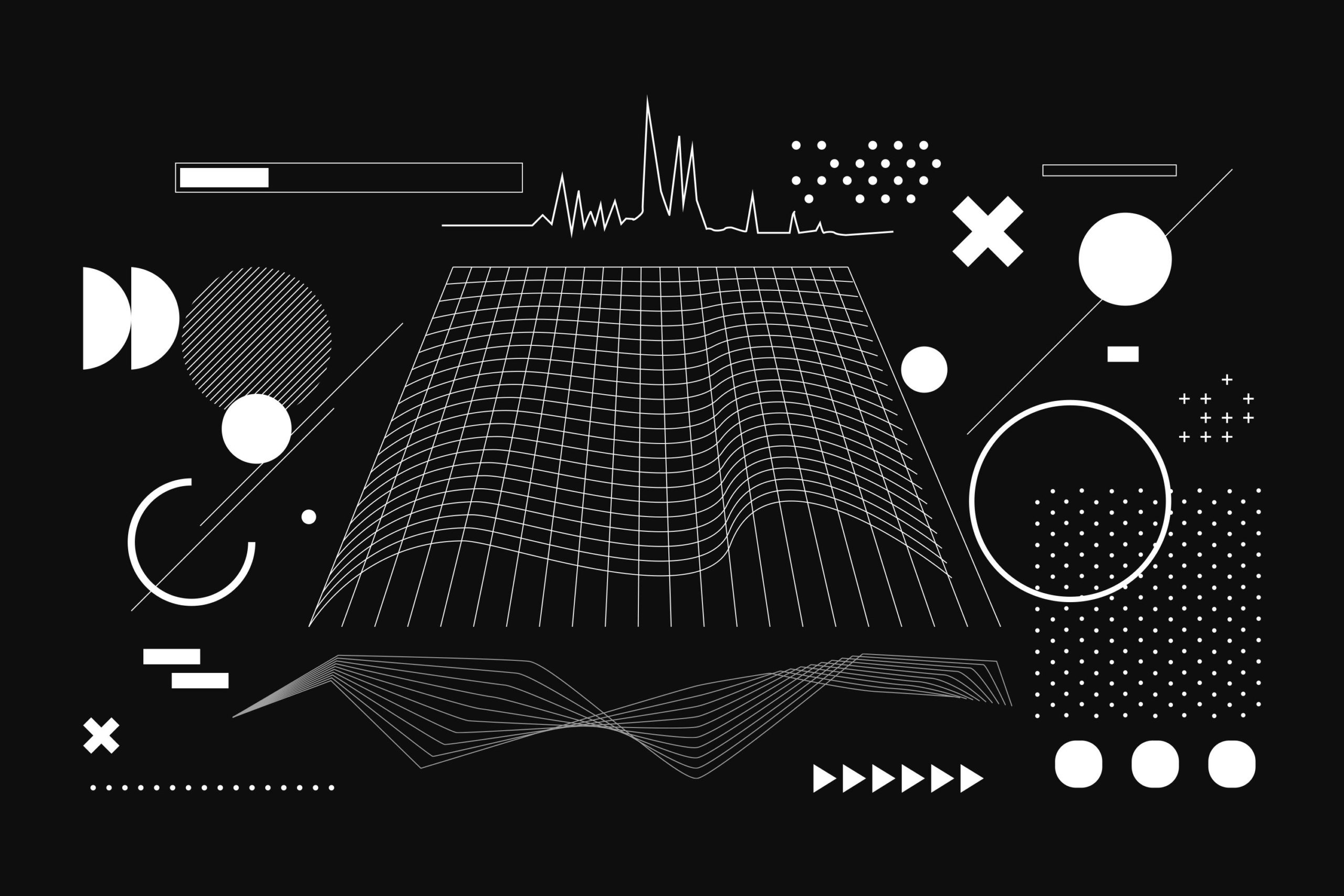
How Stable Diffusion Improved My Workflow as a Designer
As a designer, I’m always searching for innovative ways to improve my workflow and enhance my creative process. Recently, I discovered the concept of stable diffusion, which has revolutionized the way I approach design projects. In this article, I’ll share with you how this technique has helped me achieve better results and optimize my productivity. Let’s dive in!
Understanding Stable Diffusion and its Connection to AI
Stable diffusion is a technique inspired by the natural process of diffusion, where particles spread out evenly within a medium over time. In the context of design, stable diffusion refers to the even distribution of creativity, ideas, and tasks throughout a project. This method can be applied using AI tools, which can help streamline the design process and boost innovation.
One of the most significant AI advancements in recent years is generative design. This technology uses algorithms to generate multiple design solutions based on predefined parameters, which can be incredibly helpful in finding innovative and efficient designs. You can learn more about generative design in this comprehensive article from Autodesk.
How Stable Diffusion has Improved My Workflow
By incorporating stable diffusion and AI into my design workflow, I’ve experienced numerous benefits, including:
Enhanced Creativity
The use of AI-powered generative design tools has allowed me to explore a wider range of design options, pushing the boundaries of my creativity. By generating multiple design alternatives, I can choose the best solution while considering various factors such as aesthetics, functionality, and sustainability.
Increased Efficiency
By evenly distributing tasks and ideas throughout a project, stable diffusion helps me avoid bottlenecks and maintain a consistent workflow. This leads to increased efficiency and reduced project completion times.
Better Collaboration
Stable diffusion fosters a more collaborative environment by allowing team members to contribute to the project more evenly. This leads to a more cohesive final product and improved team dynamics.
To better illustrate the concept of stable diffusion, let’s look at a few practical tips for incorporating it into your design workflow:
Practical Tips for Implementing Stable Diffusion in Your Workflow
- Utilize AI-powered design tools: Leverage generative design software and other AI-based tools to generate multiple design solutions, explore various options, and improve your creative process.
- Distribute tasks evenly: Break your project into smaller, manageable tasks and assign them to your team members according to their strengths and expertise.
- Establish clear communication channels: Maintain open communication with your team members to ensure everyone is on the same page and working together seamlessly.
- Encourage collaboration: Foster a collaborative environment by setting up regular brainstorming sessions and encouraging team members to share their ideas and feedback.
- Monitor progress and adjust as needed: Keep track of your project’s progress and make adjustments to your workflow as needed to ensure a smooth and efficient process.
Conclusion
Incorporating stable diffusion and AI innovation into my design workflow has made a significant impact on my productivity, creativity, and overall project outcomes. By implementing these techniques and tips, you too can experience the benefits of a more efficient and innovative design process. Give it a try and see how it can revolutionize your workflow!
